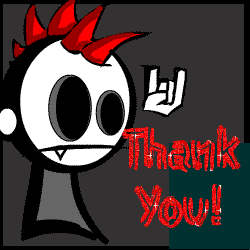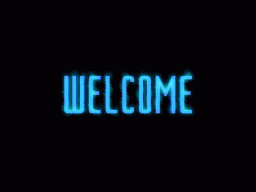Definition
Past perfect tense is a kind of tense that is used to describe an Action or an event that started in a certain time in the past and completed of finished certain time in the past too; or past perfect tense is used to Express an Action or an event that had happened before that other event or actionhappened.
Formula of Verbal Sentence:
(+) SUBJECT + HAD + V3
(- ) SUBJECT + HAD + NOT + V3
(? ) HAD + SUBJECT + V3?
Example:
+ She had put my book on the table last nigth.
- She had not put my book on the table last night.
? Had she put my book on the table last night?
Formula of Nominal Sentence
(+ )SUBJECT + HAD + BEEN+ NON VERB
(- )SUBJECT + HAD +NOT + BEEN+ NON VERB
(?) HAD + SUBJECT + BEEN+ NON VERB?
Example:
+ I had been there when the accident hapenned.
- I had not been Three when the accident hapenned.
? Had had been there when the accident hapenned?
**note**
I had = I’d
You had = You’d
We had = We’d
They had = they’d
He had = he’d
She had = She’d
It had = It’d
Past perfect tense is a kind of tense that is used to describe an Action or an event that started in a certain time in the past and completed of finished certain time in the past too; or past perfect tense is used to Express an Action or an event that had happened before that other event or actionhappened.
Formula of Verbal Sentence:
(+) SUBJECT + HAD + V3
(- ) SUBJECT + HAD + NOT + V3
(? ) HAD + SUBJECT + V3?
Example:
+ She had put my book on the table last nigth.
- She had not put my book on the table last night.
? Had she put my book on the table last night?
Formula of Nominal Sentence
(+ )SUBJECT + HAD + BEEN+ NON VERB
(- )SUBJECT + HAD +NOT + BEEN+ NON VERB
(?) HAD + SUBJECT + BEEN+ NON VERB?
Example:
+ I had been there when the accident hapenned.
- I had not been Three when the accident hapenned.
? Had had been there when the accident hapenned?
**note**
I had = I’d
You had = You’d
We had = We’d
They had = they’d
He had = he’d
She had = She’d
It had = It’d









